The South Andean deer (Hippocamelus bisulcus), also called Chilean huemul, is an iconic and yet largely unknown ungulate, exclusively occurring in the Patagonian Andes.
Our Enrique Couve, co-founder of Far South Expeditions, recently visited the huge Bernardo O’Higgins National Park in southern Chile, where was able to observe a herd of the rare Huemul on its secluded and cold natural habitat. Huemul South Andean Deer
Südandenhirsch Chilenischer Huemul Patagonien
A medium-sized Deer
With its 70 kg (roughly 154 lbs.) and a shoulder height of some 90 cm (3 ft.), the Chilean huemul is a medium-sized deer species. It primarily lives in the dense, pristine mountain forests of southern Chile and Argentina. Depending on the site, the Huemul feeds on different plants; primarily just a few species dominate its diet. At Bernardo O’Higgins National Park, for example, Huemul feeds mainly on Magellanic Fuchsia, Fuchsia magellanica (71 %), as well as the low-growing Pigvine, Gunnera magellanica (25 %) (Wilson & Mittermeier, 2011). Huemuls are brilliant swimmers.
An Endemic Species in Danger
The Chilean huemul is the southernmost deer species on earth and is endemic to Chile and Argentina. Even though its habitat is remote, comprising rough areas where few humans visit, Huemul faces a number of threats. The main factor is the loss and fragmentation of its natural habitat. However, also stray dogs, poaching and other human actions pose serious threats to the Huemul. Furthermore, introduced species such as the red deer or and wild boar have caused enhanced competition for food, thus pushing the South Andean deer to lower-quality habitats.
The numbers of South Andean deers have drastically dropped, so that the species is regarded as Endangered on the IUCN Red List. Depending on the information source, the current huemul populations roughly comprise altogether 1,500 to 2,500 individuals (Conaf, 2023; Rewilding Chile, 2023). Huemul South Andean Deer
On this daunting scenario for the conservation of the Huemul, the main relief is that the deer still remains mostly protected by its habitat and consequently is extremely difficult to encounter. The fact that Enrique and his guests were able to observe a whole herd of Chilean Huemul is truly remarkable; even more so, if one considers its small overall population and the usually difficult access to their habitat. Huemul South Andean Deer
South Andean Deer in Magallanes District
In Chile, Huemul mostly occurs from the Lake District all the way down to the Magellan Straits; marginally occurs even more northwards up to 34° S. On the Brunswick Peninsula, in the southern part of its range, there used to be two known populations: one on the estuary of Batchelor River and the other one near Laguna Parrillar Nature Reserve. By all means there is a reason why the preceding sentence is written in the past tense. A few months ago, in summer 2023, two South Andean deers were spotted, and unequivocally identified, at the Magallanes Forest Reserve, just a few miles outside of the city of Punta Arenas. This sighting was the first one at all since the reserve was founded 91 years ago!
The main question now is if that involves a separate population or if these individuals belong to one of the already existing and known populations living on the peninsula. Huemul South Andean Deer
Habitat Protection and Conservation
One way or another, this finding is truly remarkable and of great conservation significance. It is paramount to keep its wildlife corridors well preserved, and to reduce the human impacts to an absolute minimum. This will allow the animals’ genes to mix, hence to diversify and to strengthen the huemuls’ resistance and resilience.
In the Magallanes Region, in southern Chile, there is confirmed presence of Huemul in Torres del Paine and Kaweskar National Parks, besides the already mentioned areas.
National Huemul Corridor
Aysen, the Chilean district hosting Northern Patagonia, features a remarkable set of protected areas. There are six National Parks lined up like pearls on a bracelet. Furthermore, the region counts with a dozen natural reserves and parks. Hence, there are many places where the South Andean deer can possibly find suitable und widely untouched habitat. Nevertheless, it is very important to connect these areas, allowing the huemuls to roam and occupy larger spaces.
The foundation Rewilding Chile set up a series of projects in order to investigate the huemuls’ survival requirements, behavior and threats, amongst others. The overall goal is to establish and maintain a National Huemul Corridor. It shall create a continuous habitat, thus connecting the different huemul sub-populations.
Wilson, D.E. & Mittermeier, R.A. eds. (2011). Handbook of the Mammals of the World. Vol 2. Hoofed Mammals. Lynx Edicions, Barcelona.
South Andean Deer Huemul Patagonia



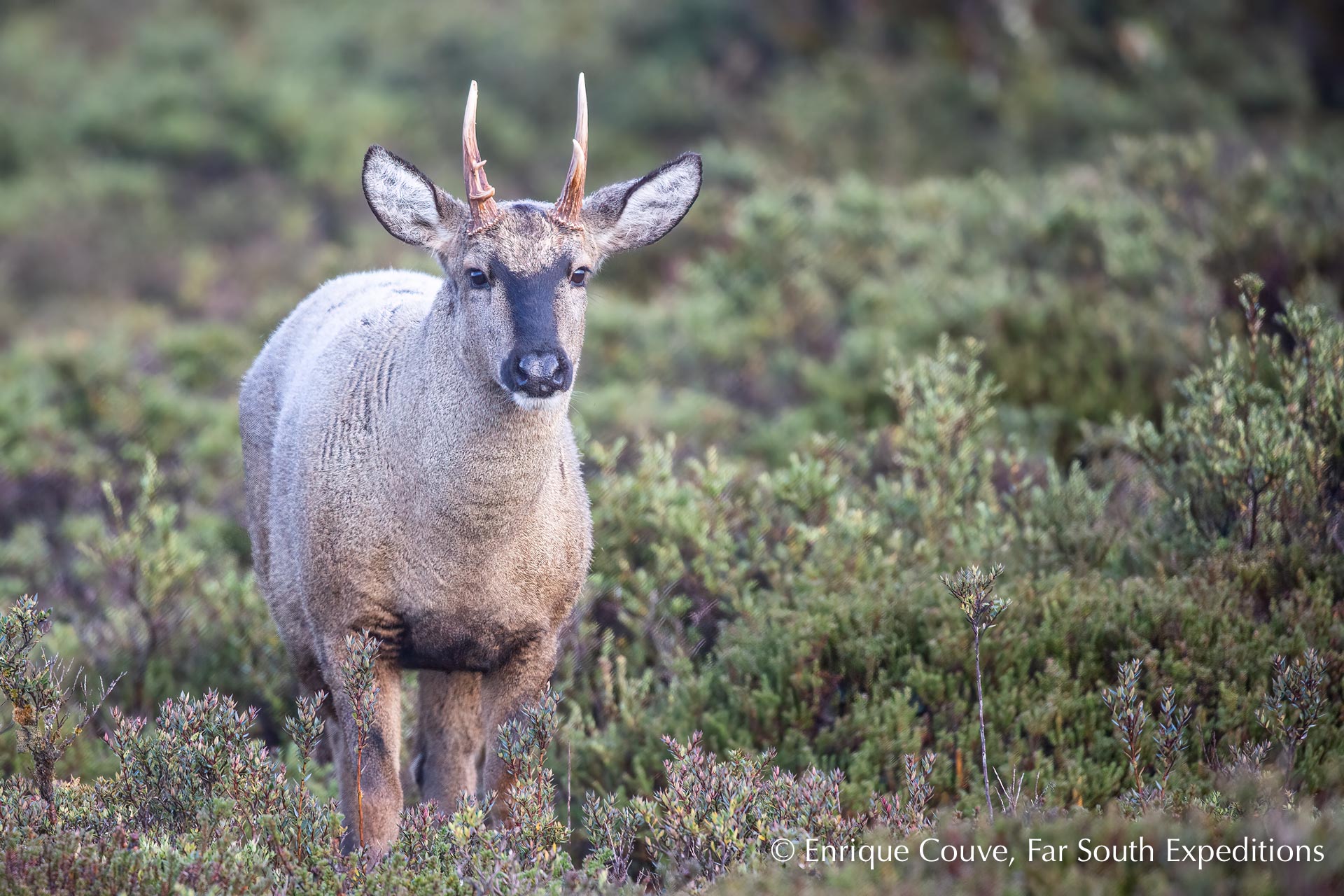
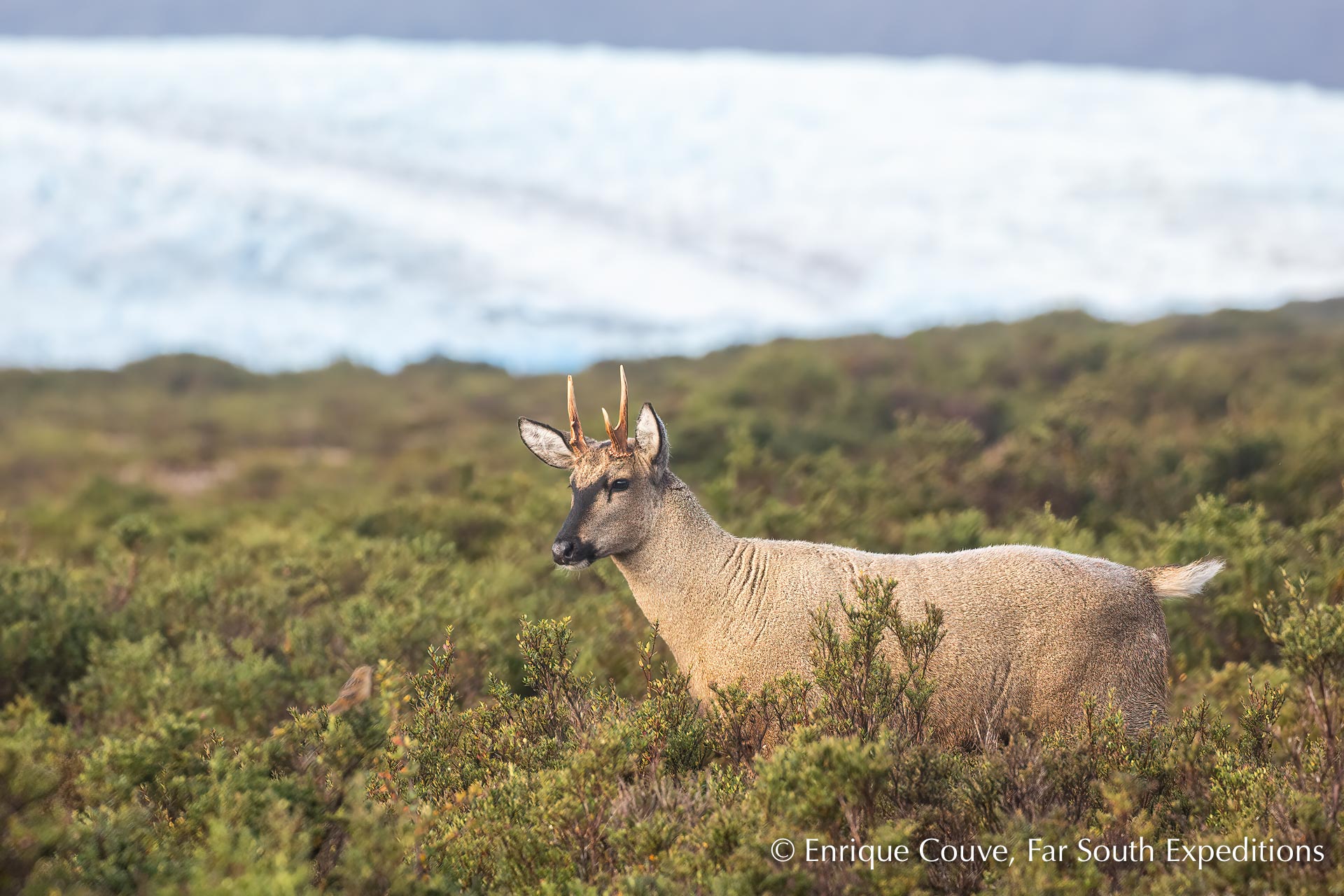
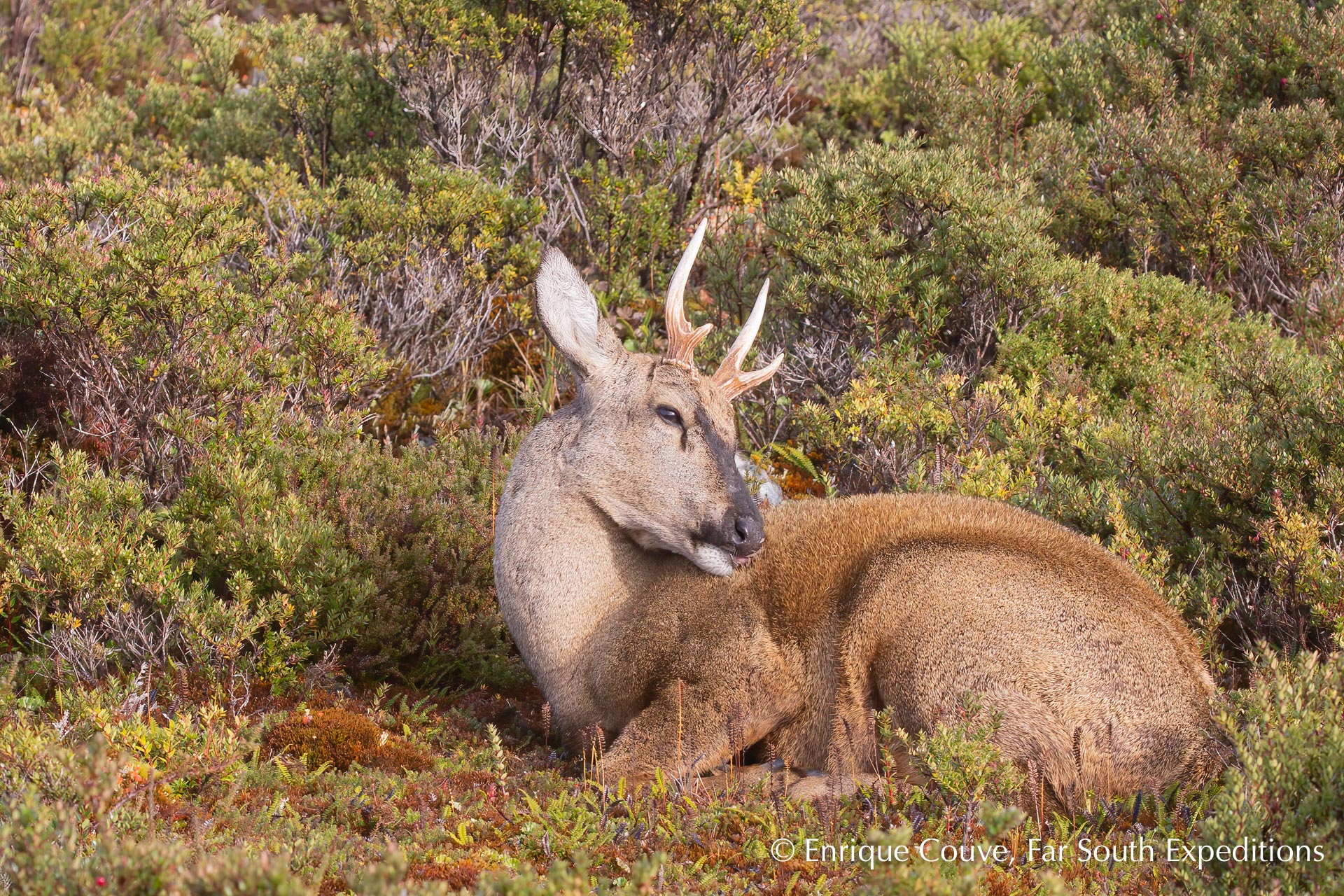
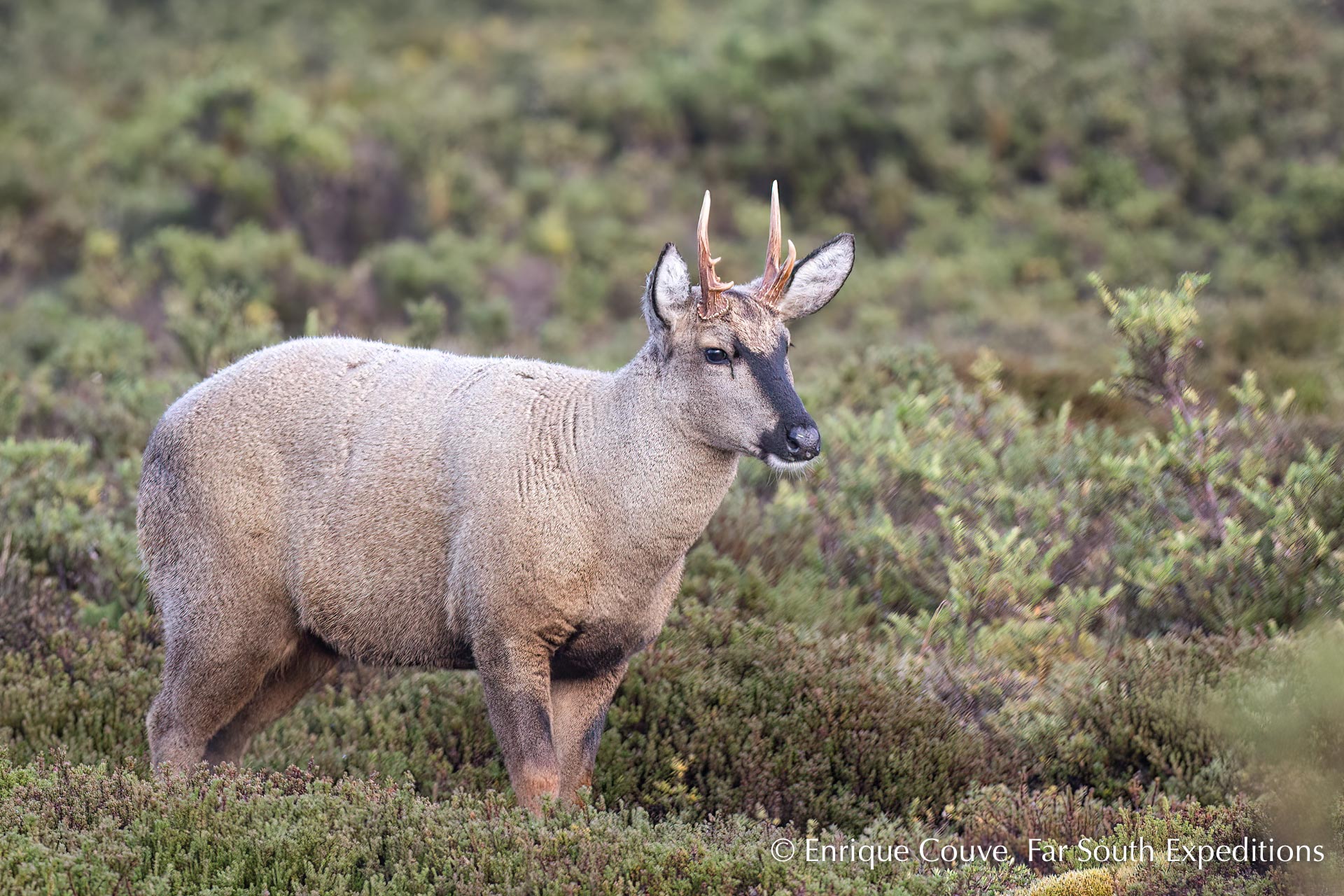
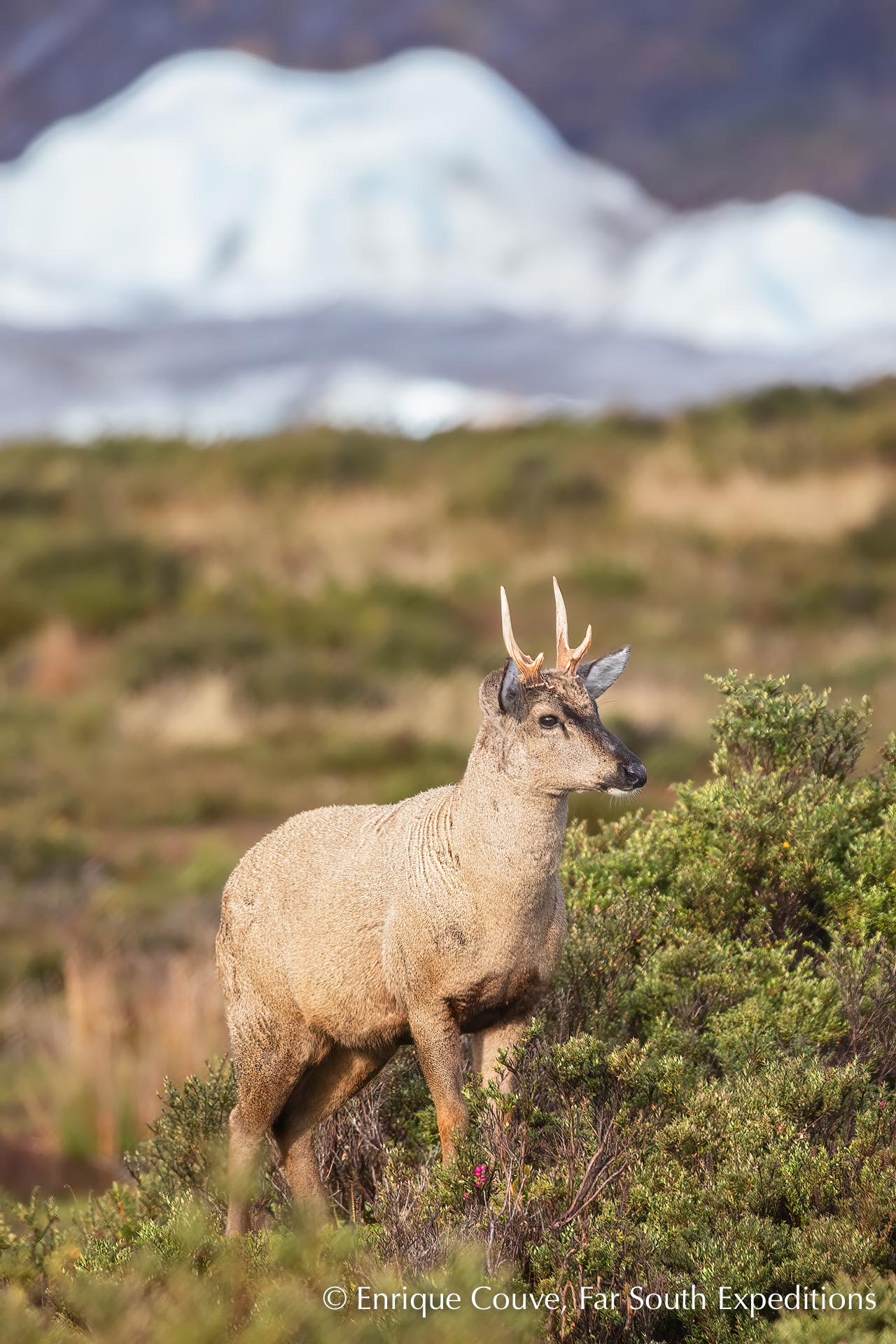
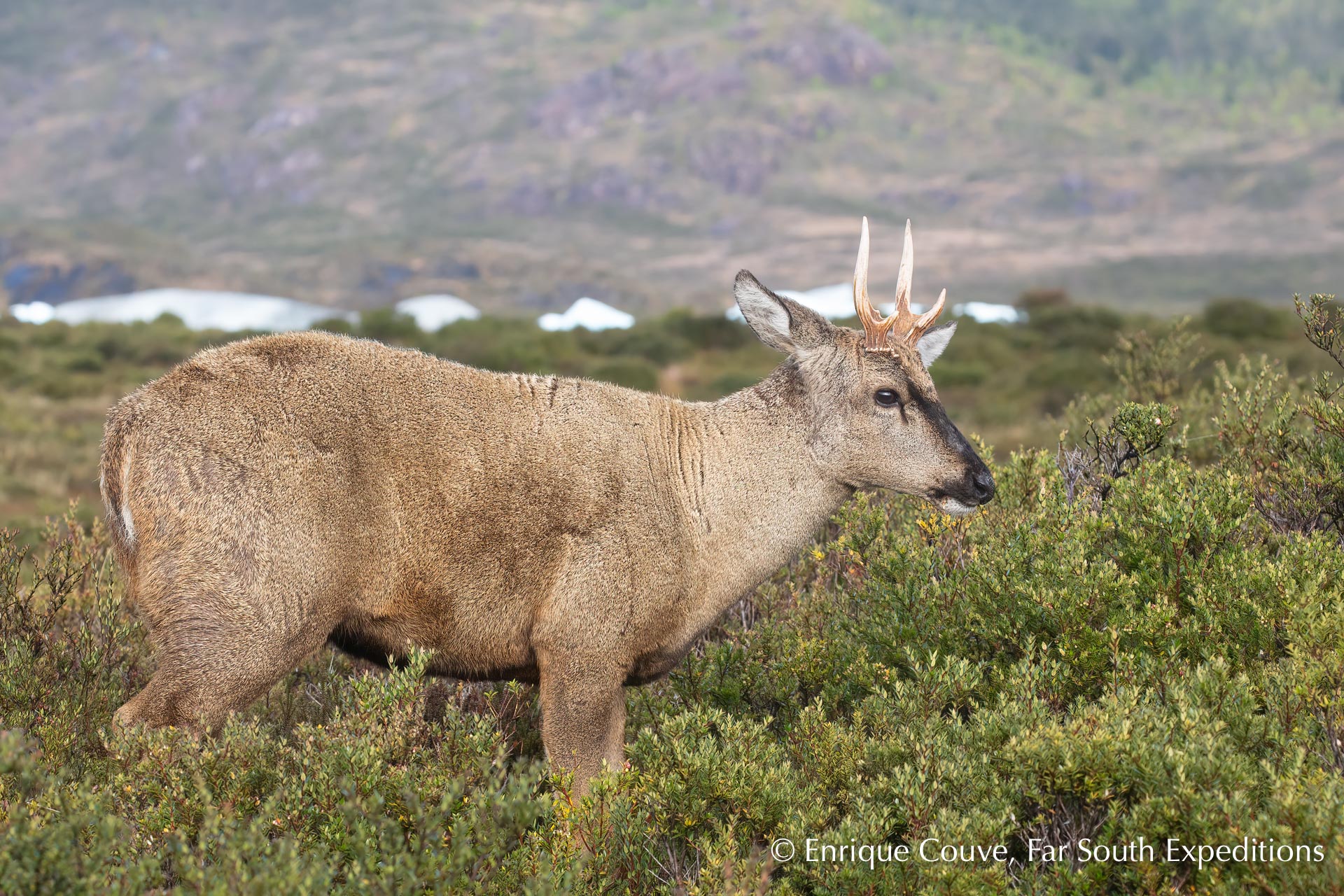

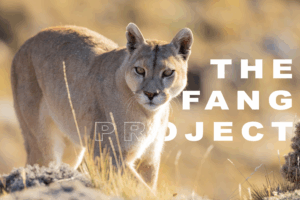
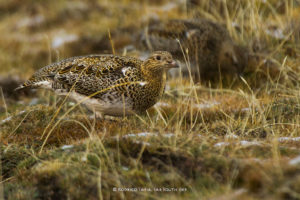
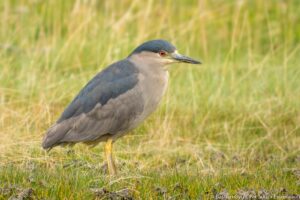
Leave a Reply
Your email is safe with us.